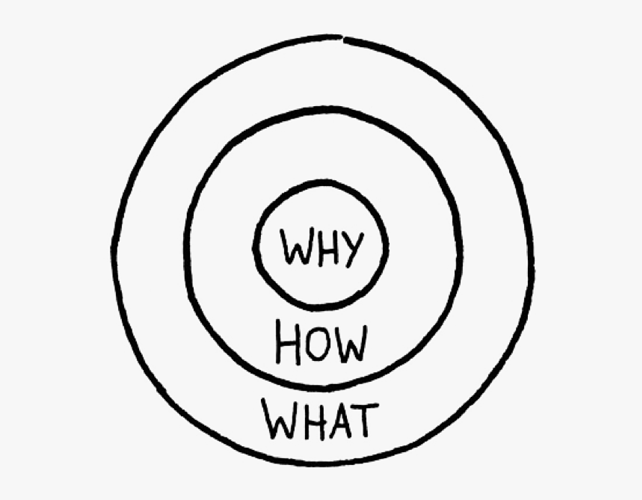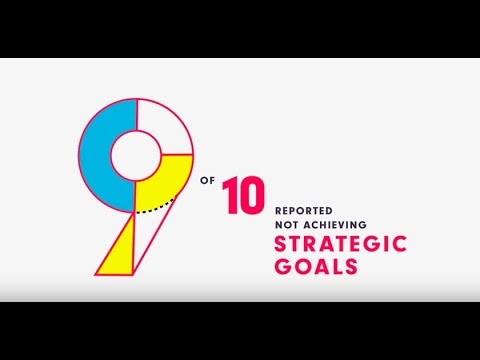Strategic Thinkers Are Found to Be the Most Highly Effective Leaders
When you think of the word “strategy,” it’s natural to think about rigid military postures and phalanxes of soldiers. But strategy is really nothing more than thinking a handful of moves ahead. It could be on a battlefield somewhere, certainly. But even zipper-merging onto a highway requires strategy.
And the workplace is no different. If you haven’t yet learned what separates strategic thinkers from the pack and made this sort of talent an important part of your workplace, here’s what you need to know.
How to Think Strategically Daily
Again, conjuring up ideas of strategy as it applies to military life is natural. Consequently, you might believe applying strategy is best for one-off events or something that happens a couple of times per year, such as planning for events you already know are approaching. But strategic thinking can and must happen daily — and it equips you to react to changes you don’t know about in advance.
According to multiple studies, people said strategic thinking was the leadership quality that correlated best with perceptions of “success” and “effectiveness” in the workplace — far more so even than communication skills and innovation. In other words, employees respect and value leaders who are mindful of the future and always seem prepared for it.
Why do people put such a high value on strategy? Perhaps because strategic thinkers appear surprised far less often than people who do not think strategically.
Why? Because strategy requires you to take the long view of life. It’s not just about solving today’s problems — it’s about planning for tomorrow and next week and making sure these problems don’t recur again then. Being strategic in your thinking isn’t about anticipating everything out into infinity. Rather, it requires you to divide your thinking into time frames. You know what has to happen today, tomorrow and three years from today, and you can adjust your timetable based on what’s happening right now.
Strategic thinking is a skill, to be sure. But like any skill, you can cultivate it. If you’d like to build your workforce into a team of long-term strategic thinkers, here are some points to get you started.
- Encourage Employees to Plan Their Work Strategically
Have your team or teams sit down for 15 minutes at the beginning of the work week to think about everything they need to do in the next five days. Encourage them to break their time into manageable, modular chunks of time. This practice encourages deadline-mindedness, but you’ll find it also serves as a segue into even longer-term planning. Plotting a week’s worth of work and responsibilities will smoothly turn into monthly and then quarterly planning, and so on.
- Recognize Ongoing Learning Is Required
Provide “contextual” information for your company, including events in your industry and market as well as the national and international economies. Even if you already have a broad knowledge base to draw from, and regularly educate yourself about new developments in the world that concern your business model, the rest of your team can’t engage in strategizing unless you share what you know.
You can also set up ongoing learning programs to encourage employees to maintain and add to their current knowledge to keep their strategic planning fresh and on-point.
- Get Serious About Mentorship
Whether formal or a little more laid-back, mentorships are incredibly important. The global economy is in transition, so if nothing else, pairing experienced team members with less experienced ones is important as you plan for a smooth transition into an economy and workforce run by millennials.
But mentorships also take the previous idea of ongoing learning and make it even more practical. Mentorships ensure nobody within your organization has unanswered questions or is making do with an incomplete understanding of their role. Strategic planning can’t happen if your employees are flying by the seat of their pants or don’t fully understand their role within the company.
- Make Strategy a Part of Culture
It’s commonly said real leaders reveal themselves in a crisis. But isn’t that reactionary thinking?
Your culture should spend less time talking about crisis management and a little more time on training managers and other process owners to anticipate both opportunities and problems. Identify and show appreciation for strategic thinkers who identify multiple solutions to a given problem and mobilize the one that shows the most merit — not necessarily the manager who’s quickest with a knee-jerk response.
If you really value strategic thinking, you can even fold it right into your hiring process and make it a part of your culture literally from day one. Talk to your applicants about times in their professional lives where they had to react to problems as they emerged, or where they assembled a plan of action even before difficulties started. You might be able to learn a lot about how they think.
Strategy Means Working Mindfully and Finding Balance
Think about it like this while you’re at it: In an organization with 10,000 individuals, does it make sense to enshrine strategy as something that occurs only in the management suite?
Your organization’s ultimate trajectory, and its daily successes, depend a little less on five-year plans your seven managers put together and a little more on the daily, weekly and monthly changes that occur — both anticipated and unseen — and how well your 9,993 “regular” employees react to them.
To borrow a phrase, high-quality strategic thinking is what happens when the work on your business meshes effectively with the work in your business. It’s about balancing what needs to happen today with what you’d like to happen tomorrow.
If there’s a note to end with, it’s probably the idea that strategic thinking isn’t really optional anymore. Actually, it’s completely vital in a world where employees and managers alike have greater access than ever to data concerning customer demand and market insights, domestic and international competitors, productivity, production capacity and all the rest of it. Suffice it to say, in a digitally connected world, refusing to think strategically means leaving a lot of high-quality information on the table.
Whatever else a changing world economy means, it’s clear the functional skills we learn at college and trade schools are only part of the portrait of an effective leader and team member. The rest is made up of skills that are a little harder to teach — analysis and strategy chief among them — but which seem to grow more important by the day.

